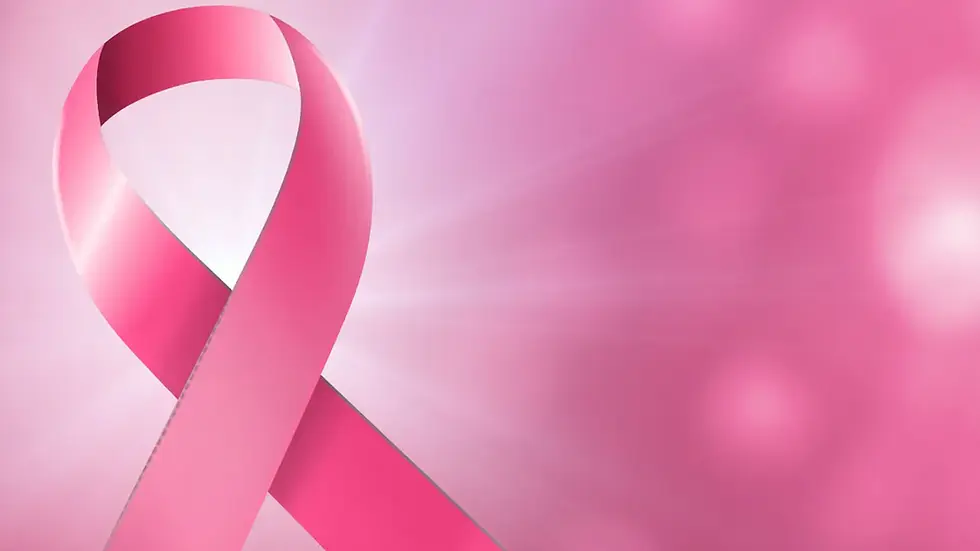Why does Pantone get to decide the color of the year?
- Valerie Bound

- May 30, 2015
- 3 min read
Lately, I have been seeing that marsala is the 2015 Color of the Year. Declared by Pantone (a company), I started wondering what gives them the right to decide the color of the year. It seems like a pretty big deal to make that sort of sweeping statement. And what kind of color is marsala anyway? I’ll confess my ignorance, because I had only seen marsala used on a menu at a restaurant (e.g., marsala chicken). It turns out marsala is a deep red color. Pretty, really.
Color Forecasting
But what is the color of the year stuff all about? It turns out there’s a whole industry – a color forecasting industry. Yes, that’s right. Now that I sit back and think, I have had some exposure to the color forecasting industry. Two specific moments stand out.
One happened early in my career. When I was designing a brochure, my media contact kept coming into my office with these color cards from Pantone. Similar to the paint swatches you can select in the hardware, they’re quite common now, and have a rather interesting history (I’ll come back to that point).
Cerulean Blue
The second is a specific scene from The Devil Wears Prada. Don’t tell me you haven’t seen the movie, I’ll just be disappointed in you…. Get it, stream it on Netflix, and enjoy Meryl Streep’s fabulous acting. Anyway, there’s a scene where a young, aspiring writer (Anne Hathaway) displays her non-interest in fashion while working for one of the premier fashion magazines. She gets scolded by her boss (Meryl Streep), and is informed that whether she is interested or not, the very clothes she has on that day can be traced back to decisions made by her employer years ago. Specifically, the color of her sweater, cerulean blue, was introduced on the runways of Paris by Oscar de la Renta in 2002, and from there made its way to the malls where the masses shop.
You, like Anne Hathway’s character, are shopping for items with colors predetermined for you by the color forecasting industry. It turns out this industry, which is relatively new, goes back to the late 1800’s when French mills issued color cards. These were actually little books that showed what colors were popular in Paris that season. Made from paper and ribbon, the Americans copied the French and every business from hatmakers to tanneries used these cards as a reference.
What to do without Paris
Unfortunately, World War I meant the US couldn’t get dyes, color cards, or anything else from Paris, or anywhere in Europe. They decided to create a US color palette that didn’t rely on the Europeans. The American Textile Card Association did just that. US companies started making and supplying dyes for the American fashion industry. For more than three decades, the association’s paying members relied on the monthly bulletin with color trends and forecasts. In 1955, it become the Color Association of the United States. It is still in existence today. On their website, they say their mission is “to capture and deliver color value to businesses and educators and empower color conscious decisions.” They also “deliver global color intelligence across industries.” It sounds like some sort of espionage to take over the world by color.
A Unified Color System
How does Pantone fit into all this, you ask? After all, they are the ones who declare the Color of the Year. Pantone was started like most companies, by someone who had a good idea. That someone was Lawrence Herbert, owner a small printing company (named Pantone). He was frustrated by the lack of uniformity in color hues. What was the difference between ivory and off-white? It depended on the manufacturer. He envisioned a unified color system that spoke to everyone. Each shade would have a number, and anyone from Kansas to Hong Kong could know exactly which shade you were talking about. Brilliant, right? (Similar to what GIA does for diamond color, but that’s for another blog post.)
He wrote to 21 ink manufacturers and asked (just asked!) them if they would like to be licensed with his newly created and unique color matching system. All but one signed on, and it just grew from there. That was back in 1963. Fifty-two years later, they are internationally recognized and worth over $19 million.
Pantone Today
Today, Pantone has 1,757 colors. They are used so frequently and by so many that little old me, a member of general public, has an awareness of what they’re doing. So the next time you’re shopping and you find yourself responding to a beautiful color, thank the color forecasting industry.


















Comments